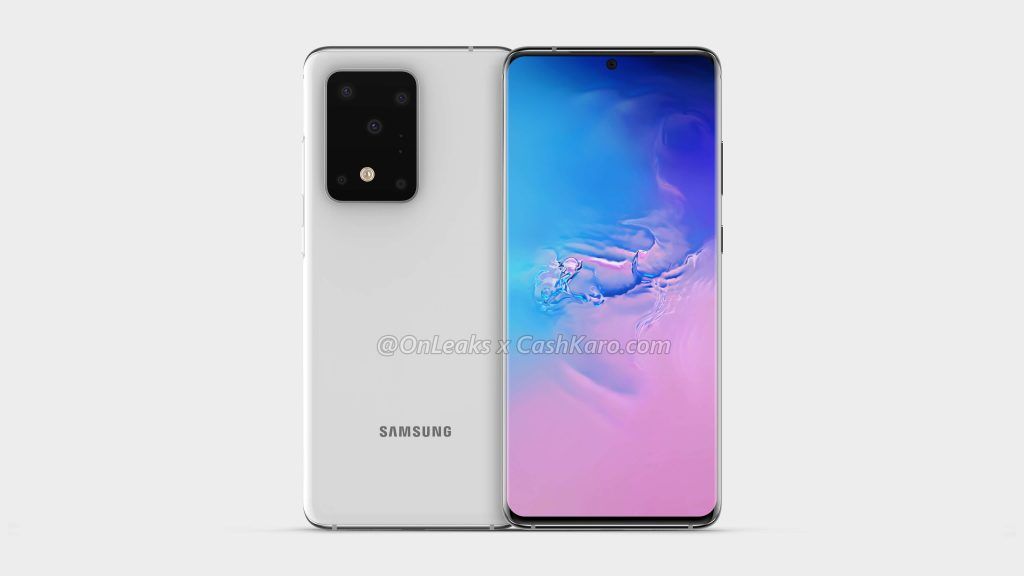Less than three months are remaining before MWC 2020, where it is generally regarded that Samsung will launch its next-generation Galaxy S phones, consisting of the Samsung Galaxy S11+, Galaxy S11, and the Galaxy S11e. We have seen leaked renders of all three phones now. The leaks and renders up until now have pointed to the Galaxy S11+ having a five-camera setup with a 108MP primary camera, a telephoto camera with 5x optical zoom, an ultra-wide-angle lens, a TOF sensor, and more. The phone will have a 6.9-inch 20:9 display with a centered hole punch. It will be powered either by the Exynos 990 or the Qualcomm Snapdragon 865 depending on region. Now, its battery size has been leaked via a South Korean certification database. The Galaxy S11+ will probably have a 5,000mAh battery – the largest Samsung has ever placed in a flagship phone.
The Galaxy S11+’s battery size was leaked via the SafetyKorea South Korean certification database. It shows a photo of a Samsung battery with model number EB-BG988ABY. This matches up with the battery of a Samsung phone with the model number SM-G988. Thanks to previous leaks, that phone is now certain to be the Galaxy S11+.


The photo shows that the battery’s typical capacity is 5,000mAh, while the rated capacity is 4,855mAh. In recent years, Samsung has been marketing the phone on the basis of its typical capacity instead of its rated capacity, a change from the past. The battery is the largest we have ever seen in a Galaxy S or Note series phone. It’s on par with the Galaxy M20’s battery size, but the Galaxy M30s still remains the battery size champion in the low-end with a 6,000mAh battery capacity. For reference, the Galaxy S10+ and the Galaxy Note 10+ have battery capacities of 4,100mAh and 4,300mAh respectively.

The Samsung Galaxy S11+
The battery of the SM-G988 is manufactured by Samsung SDI in Vietnam. The huge battery capacity will be needed to power the 6.9-inch AMOLED display. The display is likely to have a 120Hz refresh rate because the OneUI 2.0 beta for the Samsung Galaxy Note 9 showed traces of being able to configure the refresh rate of 120Hz displays in software. The Galaxy S11+, as Samsung’s top variant in the Galaxy S series, will probably have a 120Hz display, and it will be able to switch to the slower 60Hz refresh rate, just like other phones with high refresh rate displays. We can expect 45W charging as well on the Galaxy S11+ on account of the fact that the Galaxy Note 10+ has 45W charging, although a Chinese certification listing has confirmed the existence of only 25W charging and 5G. The US variants of the Galaxy S11 variants will be 5G only, and they will be powered by the Snapdragon 865.
Apart from the above, at least some variants in the Galaxy S11 series will also be able to record 8K@30fps video. We expect to learn more about Samsung’s 2020 flagship phones in the months leading up to the launch event.
Source: GalaxyClub
The post Samsung Galaxy S11+ reportedly has a 5,000mAh battery to compliment its 120Hz display appeared first on xda-developers.
from xda-developers https://ift.tt/2PqgSQ8
via IFTTT
























